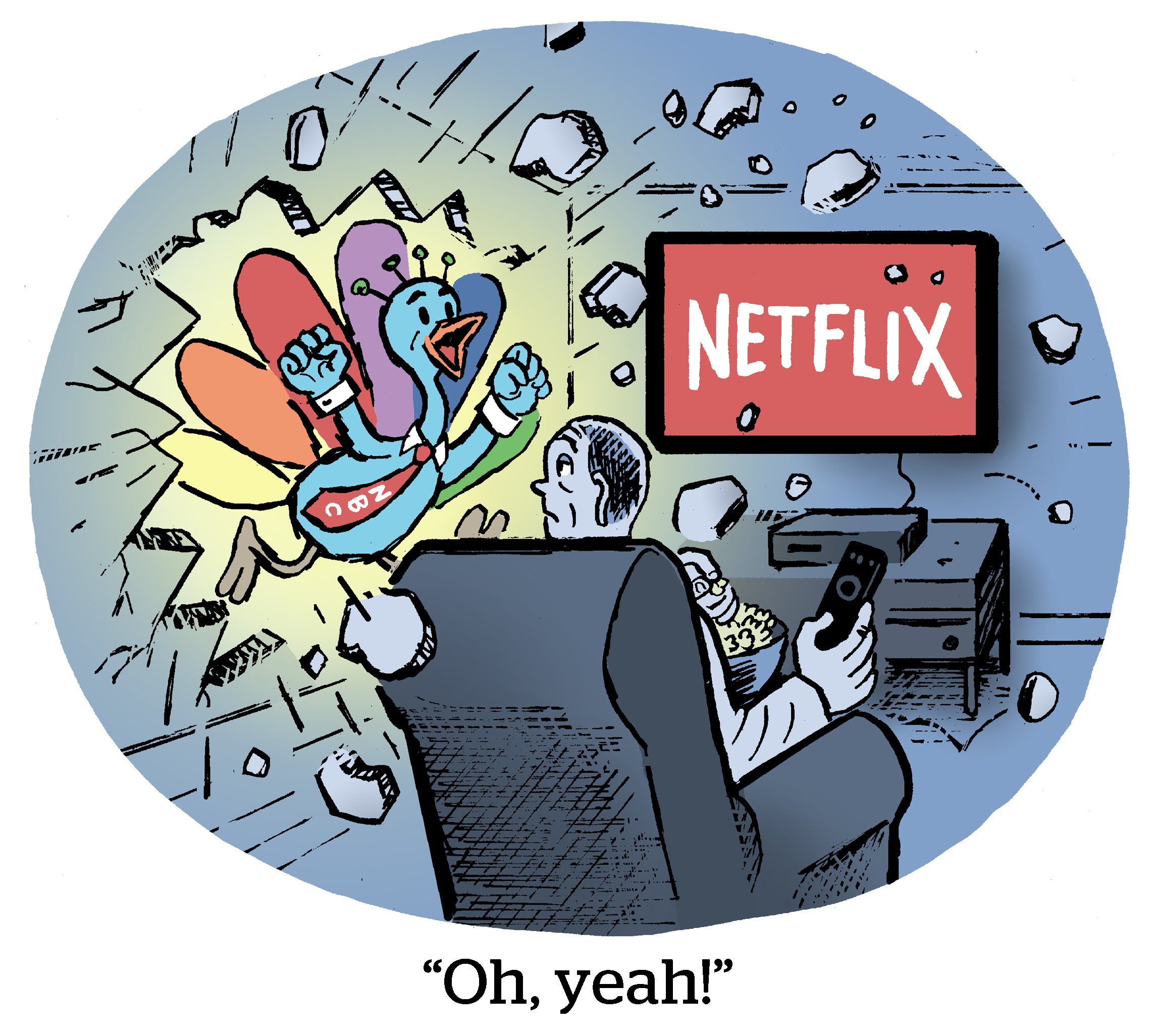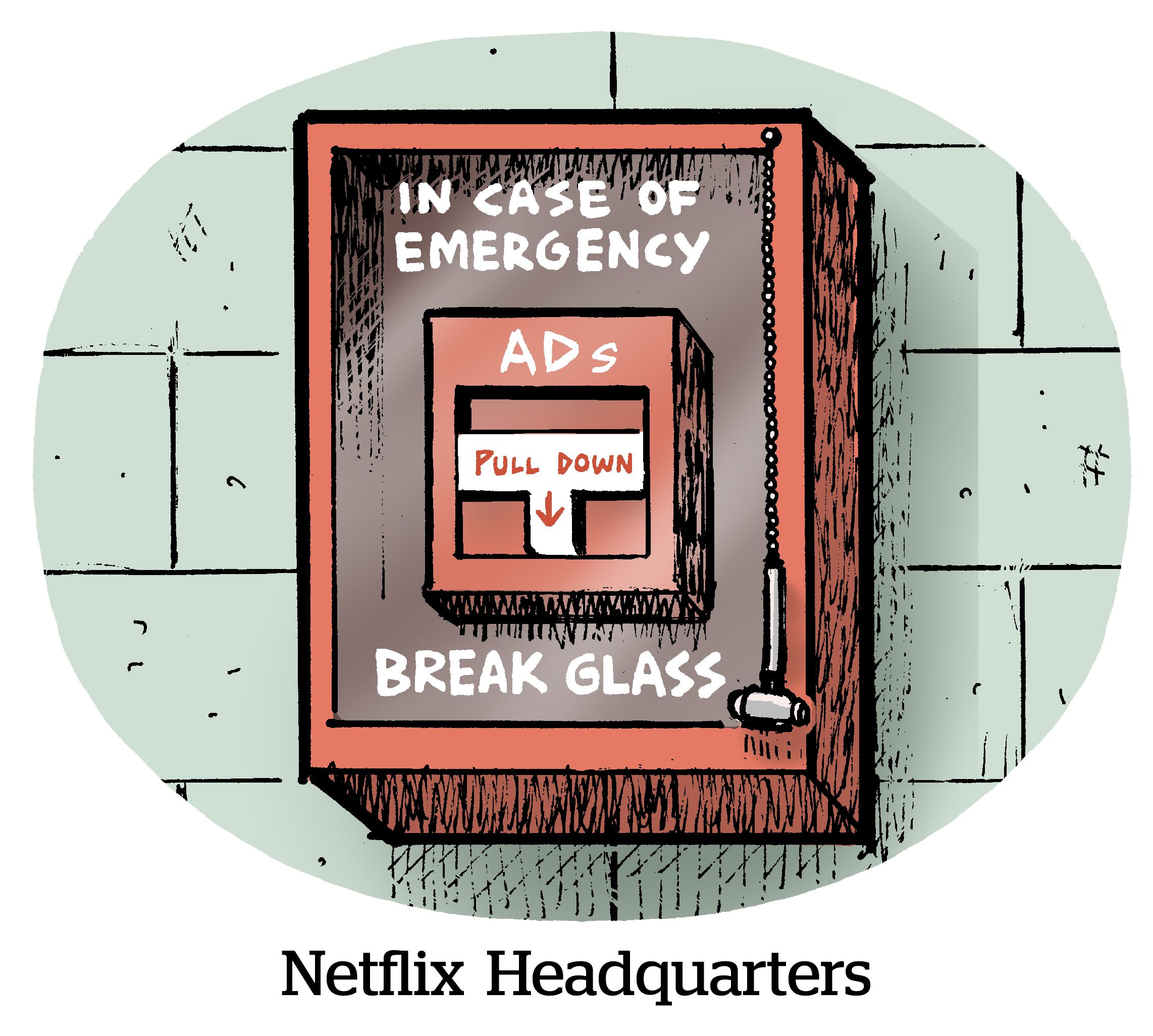Streaming viewers spend a lot of time on the home screen of their TV clicking around before choosing an app or selecting a title to watch.
In advertiser-speak, that makes the home screen a good place to reach viewers with lower-funnel marketing messages. Who says TV can’t be a performance channel?
Expect to see Roku “immerse advertisers in more parts of the home screen” via interactive and shoppable ad formats, Kristina Shepard, VP of global ad sales and partnerships, told AdExchanger during CES last week.
One of the selling points of home screen inventory is that it’s an opportunity for marketers to reach viewers who stream without ads before they disappear into an ad-free app.
First, however, Roku needs to grow its reach and prove that its interactive ads can drive business outcomes.
Growing its scale is one reason why Roku began distributing its own smart TVs last year. Earlier this month, it announced a brand-new line hitting shelves by spring.
Show me the money
The goal of Roku’s budding TV hardware business is, of course, to get its software into more households, Shepard said.
And with more reach comes more opportunity for advertising, she said.
Roku began transforming “Roku City” into an advertising hub in June when it allowed all brands to run ads on its home screen. This option was previously only available to media and entertainment marketers. Brands can retarget viewers who click on their ads, including off platform through Roku’s OneView DSP.
Also in June, Roku launched full-screen interactive ads called “showrooms,” which let viewers click around a virtual product catalog. It first tested its showrooms with Subaru, Shepard said, and is opening up this inventory to other verticals this quarter, including QSR and travel.
It’s still too early to share specific results, Shepard said, but she did share that the new showroom ad formats are helping increase brand favorability and purchase intent.
Back to the drawing board
The caveat with newer TV ad formats is that they lack the same level of standardization as the tried-and-true 15- or 30-second spots.
And without reliable performance benchmarks and measurement standards, “it becomes challenging for brands to execute interactive ad units,” Shepard said.
To address the buy side’s need for technical standards to support nonstandard streaming ad formats, GroupM created a working group earlier this month made up of clients, streaming companies (including Roku) and CTV tech platforms BrightLine and KERV.
Hopefully, Shepard said, Roku can contribute to creating benchmarks for interactive ads, “because they don’t [yet] exist in a meaningful way.”
In the meantime, Shepard said, Roku is ironing out its measurement approach by partnering with several of the top CTV measurement vendors – iSpot, VideoAmp and Comscore – to give advertisers more choice, although she didn’t detail how Roku differentiates between these providers.
But regardless of the measurement partner or how brands choose to execute their streaming campaigns, Shepard said, they should be able to tie those ad exposures to actual performance.


















